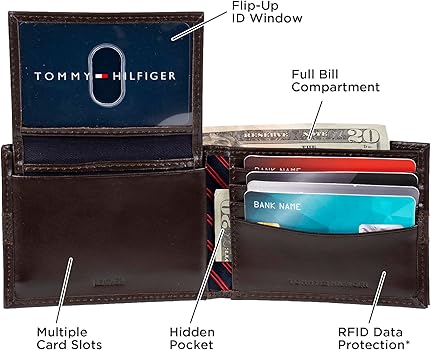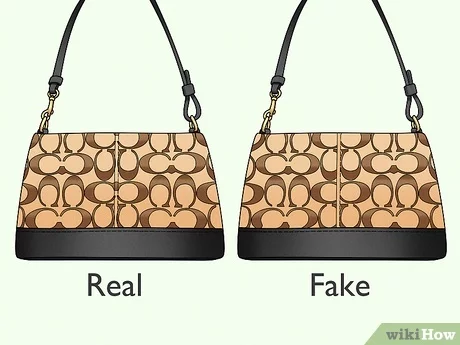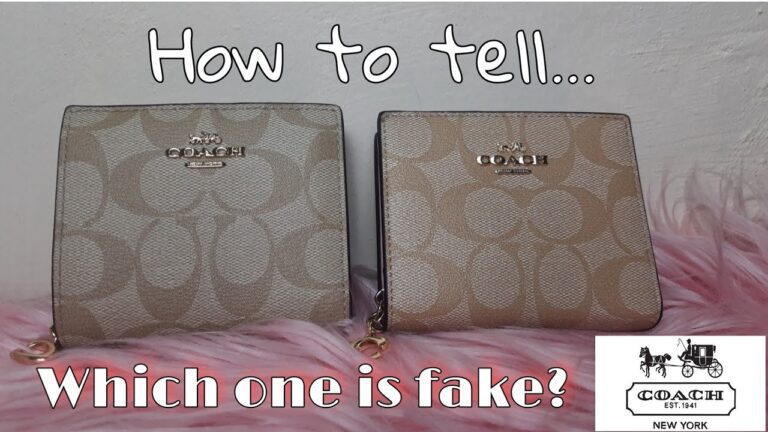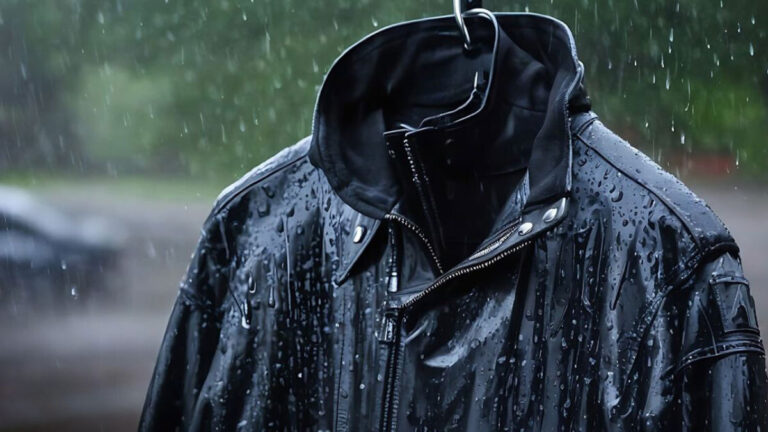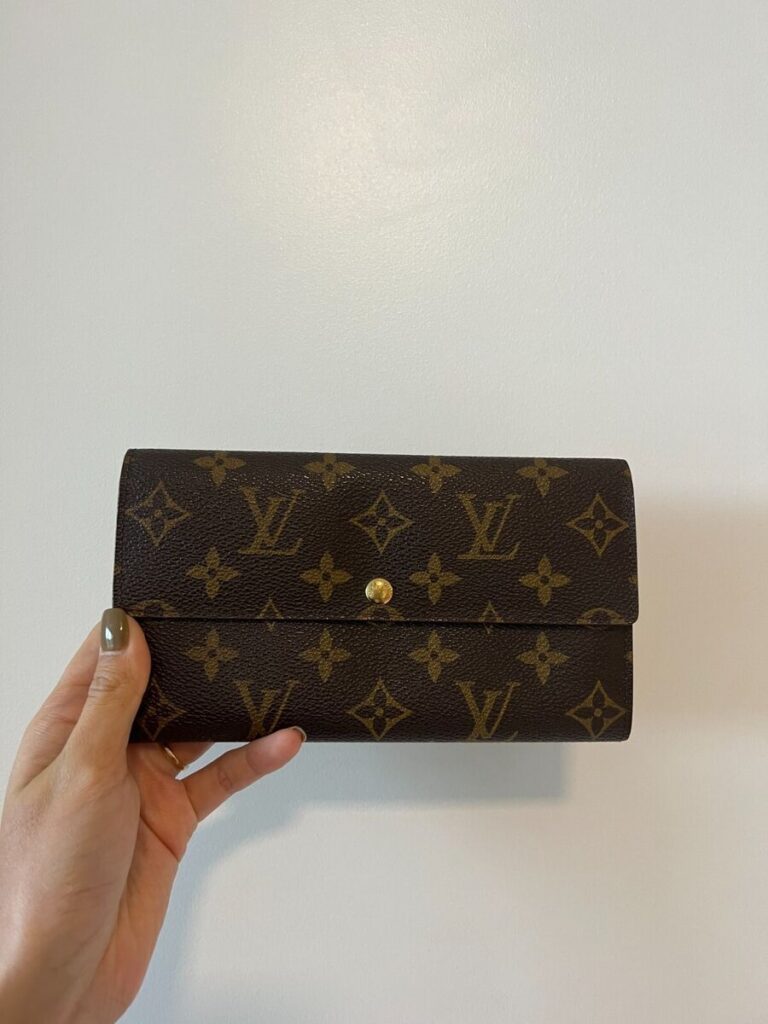Rescue Your Style: How to Restore Peeling Faux Leather Bags
Repairing Peeling Faux Leather
Understanding Faux Leather Composition
Faux leather, often referred to as synthetic leather, is made from a fabric base with a polyurethane coating. This construction gives it a leather-like appearance while providing a more affordable and animal-friendly alternative. However, due to its composition, faux leather is susceptible to peeling and flaking over time (WikiHow).
Understanding the materials involved is essential for effective repair. The fabric base typically consists of polyester or another durable textile, while the polyurethane coating provides the glossy, leather-like finish. Over time, the coating can degrade, peel, or crack, leading to a less appealing appearance.
Assessing Repair Feasibility
Before attempting to repair a faux leather item, it’s important to assess whether it’s feasible to do so. Not all damages can be fixed, and some may require replacement or professional repair.
Factors to Consider
- Extent of Peeling:
- Minor peeling can often be managed with DIY methods.
- Extensive peeling, where large sections are affected, might not be repairable and could require replacement.
- Item Type:
- Smaller items like bags or shoes might be easier to repair at home.
- Larger items like jackets or furniture may need professional intervention.
- Material Condition:
- If the fabric base is still intact and strong, repair is more likely to succeed.
- Weak or damaged fabric bases are harder to work with and may not hold repairs well.
Repair Methods Overview
| Repair Method | Suitable For | Pros | Cons |
|---|---|---|---|
| Leather Paint | Small to moderate peeling areas | Customizable color, covers discoloration | Requires careful application |
| Leather Repair Kits | Minor to moderate damage | Comprehensive solution | Can be expensive |
| Permanent Markers | Minor touch-ups | Quick fix, inexpensive | Limited durability |
| Soft Fillers | Small cracks/tears | Restores small areas | May not match perfectly |
When deciding on a repair method, ensure that all loose bits of the faux leather are removed first. Attempting to repair without this step will likely lead to further peeling.
For more information on maintaining faux leather, visit our articles on routine cleaning practices and long-term care and preservation. For tips on dealing with related issues, check out how to remove smell from leather bag and how to soften hard leather bag.
Methods for Repairing Peeling Faux Leather
Restoring a peeling faux leather bag might seem daunting, but several techniques can bring it back to life. Here are two effective methods to repair and revitalize your faux leather items.
Using Leather Dye and Repair Kits
Leather dye and repair kits are designed specifically for fixing minor damage to faux leather items. They typically contain everything you need, including application tools that resemble small spatulas, leather dye, and sometimes, a soft filler that bonds with the faux leather.
Steps for Using Leather Dye:
- Clean the Area: Use a leather wipe to clean the peeling area and remove any loose fragments.
- Apply the Dye: Use the tools provided in the kit to apply the dye evenly over the damaged area. Make sure to choose a dye that matches your bag’s color.
- Fill Minor Cracks: For small cracks or tears, consider using the soft filler included in the kit. Apply and smooth it out over the affected areas for a seamless finish.
- Seal with Leather Paint: Once the dye or filler has dried, apply a high-gloss finish leather paint to seal the repair and prevent further peeling.
For a comprehensive guide on using leather dye and repair kits, check out this article on how to get scratches out of leather.
Sealing Tears and Applying Leather Paint
When dealing with larger tears and more extensive peeling, using leather repair kits specifically designed to seal tears and apply leather paint can be more effective.
Steps for Sealing Tears:
- Clean the Surface: Remove any loose pieces by gently peeling them off. Clean the area with a leather wipe.
- Apply the Repair Compound: Use the compound included in the repair kit to fill in the tear. Follow the kit’s instructions carefully for best results.
- Smooth the Surface: Once the compound sets, smooth it out using tools provided in the kit to create a uniform appearance.
- Apply Leather Paint: Use leather paint to color match the repaired area with the rest of the bag. This will restore its appearance and offer added protection against future damage.
For more information on maintaining the longevity of your faux leather items, consider reading about why does leather crack and peel.
| Method | Tools Needed | Benefits |
|---|---|---|
| Leather Dye & Repair Kits | Leather dye, soft filler, spatulas, leather paint | Ideal for minor peeling and small cracks |
| Sealing Tears & Applying Leather Paint | Repair compound, smoothing tools, leather paint | Effective for larger tears and extensive peeling |
Remember always to follow the manufacturer’s instructions provided with your repair kit carefully to ensure the best possible outcome. For more tips on how to preserve your precious leather items, visit how to wash leather bag.
Care and Cleaning of Faux Leather
Proper care and maintenance can extend the life of your faux leather items and preserve their appearance. Here’s how to keep your faux leather looking its best.
Identifying Faux Leather Types
Understanding the type of faux leather you have is crucial, as different types require different care practices. The two most common types are Polyurethane (PU) and Polyvinyl Chloride (PVC).
- Polyurethane (PU): Softer and more flexible, often used in clothing and accessories. PU leather is considered more eco-friendly compared to PVC.
- Polyvinyl Chloride (PVC): Tougher and more durable, commonly used in items like shoes and book covers (Eiken Shop).
Comparing the qualities of each can help you decide on the best cleaning methods to use.
| Faux Leather Type | Characteristics | Common Uses |
|---|---|---|
| PU (Polyurethane) | Soft, flexible, eco-friendly | Clothing, accessories |
| PVC (Polyvinyl Chloride) | Tough, durable | Shoes, book covers |
Knowing the type of faux leather you own is the first step in ensuring its longevity and maintaining its visual appeal.
Routine Cleaning Practices
Keeping your faux leather free from dirt and grime is essential. Regular cleaning helps prevent the material from peeling and cracking.
Basic Cleaning Steps:
- Dust Removal: Use a dry, soft cloth to remove dust and dirt. For tougher spots, slightly dampen the cloth but avoid soaking the material.
- Mild Soap Solution: Mix water with a small amount of mild soap. Dampen a cloth with the solution and wipe the faux leather gently.
- Drying: Wipe the area with a dry cloth to remove any soap residue. Allow the faux leather to air dry completely.
- Conditioning: Although not always necessary, applying a small amount of a compatible faux leather conditioner can help keep the material supple.
Avoid using harsh chemicals or too much water, as these can damage the polyurethane coating. Check our articles on how to wash leather bag and how to wash leather shoes for additional cleaning tips.
Cleaning Frequency Recommendations:
| Item | Cleaning Frequency |
|---|---|
| Bags | Monthly |
| Jackets | Every 2-3 months |
| Shoes | Bi-weekly |
Regular cleaning, combined with an understanding of the particular needs of your faux leather, ensures that it remains in excellent condition.
For those dealing with unpleasant smells, our guides on how to remove smell from leather jacket and how to remove smell from leather shoes offer valuable insights. Recognizing the importance of proper care and maintenance can help keep your faux leather items looking pristine and extend their lifespan.
Dealing with Stains on Faux Leather
Removing stains from your faux leather bag is essential to maintain its look and prolong its life. This guide provides safe methods for removing common stains and offers deep cleaning tips for your faux leather.
Removing Common Stains Safely
Handling stains promptly and properly can prevent long-term damage to your faux leather. Here are a few effective methods:
Food and Drink Spills: Use a gentle soap and water solution to clean spills on the surface. Dampen a cloth with the solution, and gently blot the stain. Avoid rubbing as it can spread the stain.
Ink Stains: Apply a small amount of isopropyl alcohol to a cotton ball. Test the alcohol on an inconspicuous area first to ensure it won’t cause any damage. Gently dab the stain until it is lifted (Eiken Shop).
Water Stains: Blot water stains immediately with a clean, dry cloth. Using a leather conditioner afterward can help restore the faux leather’s natural appearance (Steel Horse Leather).
For a comprehensive guide on dealing with various stains, visit our article on how to get stains out of leather.
Deep Cleaning for Faux Leather
To keep your faux leather looking its best, perform a deep clean every few months or when it appears dull.
Vacuuming: Use a vacuum with a brush attachment to remove any loose dirt and debris from the surface.
Soap Solution: Mix a mild soap with warm water. Dampen a soft cloth with the solution and wipe down the faux leather surface. Focus on any areas with noticeable dirt or grime.
Conditioning: After cleaning, apply a faux leather conditioner to keep the material soft and prevent cracking. This step is especially important for maintaining the faux leather’s flexibility (Eiken Shop).
| Step | Action | Details |
|---|---|---|
| 1 | Vacuuming | Remove loose dirt with a brush attachment |
| 2 | Soap Solution | Mix mild soap with warm water and wipe down the surface |
| 3 | Conditioning | Apply a conditioner to maintain flexibility and prevent cracking |
Regular cleaning with a leather cleaner specifically designed for faux leather can remove dirt and grime effectively without causing damage. Remember to blot spills quickly to avoid stains and maintain the overall look of your faux leather items.
By following these steps, you can extend the life of your faux leather bag and keep it looking stylish. For more tips on maintaining leather items, explore our articles on how to soften hard leather bag and why does leather crack and peel.
Maintenance Tips for Faux Leather
For those facing the challenge of maintaining faux leather items like bags, jackets, and sofas, preventative measures and long-term care strategies are key. Below are some expert tips to keep your faux leather looking its best for years.
Preventative Measures for Peeling
Preventing your faux leather from peeling starts with understanding its composition. Faux leather, typically made from a fabric base with a polyurethane (PU) coating, is prone to peeling and cracking over time (Wikihow). Here are some preventative measures:
- Avoid Excessive Sun Exposure: Direct sunlight can cause the PU coating to dry out and crack. Store your faux leather items away from windows and direct sunlight.
- Regular Cleaning: Dust and dirt can cause abrasion, leading to peeling. Use a damp, soft cloth to wipe down your faux leather regularly and prevent build-up.
- Moisturize: Keep your faux leather supple by applying a specialized PU conditioner. This helps in maintaining its elasticity and prevents drying.
- Immediate Spill Clean-Up: Clean spills immediately to avoid staining and weakening the material. Use a mild soap and water solution, avoiding harsh chemicals that can damage the faux leather.
By following these tips, you can minimize the risk of peeling and prolong the life of your faux leather items. Knowing why does leather crack and peel can also help you better understand and prevent such issues.
Long-Term Care and Preservation
Long-term care and preservation of faux leather require consistency and the right products. Implement these strategies to keep your items in top condition:
- Routine Cleaning Practices: Regularly dust and clean your faux leather with gentle, non-abrasive products. For a comprehensive routine, read more about how to wash leather bag and similar items.
- Proper Storage: Store faux leather items in a cool, dry place. Avoid stacking heavy items on them to prevent creasing and deformation.
- Use Protective Covers: Consider using dust bags for storing faux leather bags and covers for furniture to protect them from dust and accidental spills.
- Temperature and Humidity Control: Maintain an environment with moderate temperature and humidity. Extremely low humidity can cause faux leather to lose moisture and become brittle (MAHI Leather).
- Avoid Solvents and Harsh Chemicals: Use only products designed for faux leather. Solvents and harsh chemicals can strip the PU coating and lead to peeling (MAHI Leather).
Taking these long-term care measures can significantly enhance the durability and appearance of your faux leather items.
| Maintenance Tip | Description |
|---|---|
| Regular Cleaning | Dust and wipe with a soft cloth with every wear or use. |
| Moisturizing | Apply a specialized PU conditioner monthly to maintain elasticity. |
| Controlled Storage | Store in a cool, dry place and use dust bags or protective covers. |
| Immediate Spill Clean-Up | Use a mild soap and water solution, avoiding harsh chemicals. |
| Temperature & Humidity Control | Keep in moderate environments to avoid brittleness and cracking. |
| Avoid Solvents/Chemicals | Use products specifically designed for faux leather maintenance. |
For more information on maintaining and caring for leather items, check out articles like how to wash leather jacket and how to wash leather bag. Proper care can extend the life of your faux leather products, maintaining both their functionality and aesthetic appeal.
Quality Leather vs. Faux Leather
When deciding between quality leather and faux leather, it’s essential to understand the differences in their durability, lifespan, and overall value. These factors significantly impact the care and maintenance required for your leather products, especially when considering how to repair peeling faux leather bag.
Durability and Lifespan Differences
Durability and lifespan are key factors that differentiate real leather from faux leather. Quality leather, such as full-grain and top-grain leather, can last for decades when properly cared for. This type of leather is known to age beautifully, forming a unique patina over time, and can withstand the usual wear and tear if regularly maintained (MAHI Leather).
| Leather Type | Durability | Lifespan | Maintenance |
|---|---|---|---|
| Full-Grain Leather | High | 20+ years | Requires regular moisturizing and cleaning |
| Top-Grain Leather | Medium-High | 15-20 years | Needs frequent care |
| Corrected-Grain Leather | Medium | 10-15 years | Moderate maintenance |
| Bonded Leather | Low | 1-3 years | Minimal care, prone to peeling |
| Faux Leather (PU) | Low | 3-5 years | Routine cleaning, prone to peeling |
Faux leather, on the other hand, is made from a base fabric coated with polyurethane (PU). Over time, it is susceptible to peeling and flaking, especially if exposed to friction or sunlight. While faux leather can mimic the look of real leather, it does not have the same resilience and tends to show signs of wear much sooner (Independence Brothers).
Investing in Real Leather Alternatives
When considering the investment in real leather alternatives, it’s essential to weigh the initial cost against the long-term benefits. Real leather, though more expensive upfront, offers superior durability and longevity. Proper maintenance, such as using a suitable cleaner and conditioner, can enhance its lifespan and keep it looking new (MAHI Leather).
In contrast, faux leather can be a more affordable alternative, ideal for those looking for short-term solutions or trends. However, its tendency to peel and the need for eventual replacement may result in higher costs over time. For those interested in exploring real leather alternatives or understanding the nuances between faux and real leather, resources about faux leather vs real leather jacket can be insightful.
Further, understanding the care tips for both types can help in making an informed decision. For instance, you might want to know how to wash leather jacket or learn preventative measures for peeling in faux leather.
By investing in quality, you ensure a longer-lasting product that can withstand daily use, maintaining its appearance and functionality over the years. Whether opting for real leather or a high-quality faux alternative, the key lies in regular maintenance and understanding the material’s specific care requirements.


